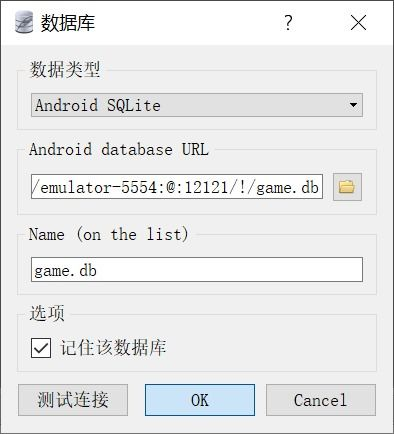ASP.NET Framework Database Connection, Guide for Effective Database Interfacing
Understanding ASP.NET Framework and Database Connections
ASP.NET is a powerful framework for building dynamic web applications using .NET technologies. One of the critical aspects of creating robust applications is the ability to connect to databases effectively. Whether you are using SQL Server, MySQL, or any other database management system, the ASP.NET framework provides various tools and libraries that facilitate seamless database connections. This section introduces the essential components needed for database connectivity in ASP.NET, including connection strings, data providers, and how to leverage Entity Framework.
Setting Up the Connection String
A connection string is crucial for establishing communications between your ASP.NET application and the database. The connection string contains specific parameters such as server name, database name, user credentials, and other settings that dictate the behavior of the connection. Here’s a typical example of a connection string for a SQL Server database:
"Server=myServerAddress;Database=myDataBase;User Id=myUsername;Password=myPassword;". This string can be configured in the Web.config file of your ASP.NET application under the
Utilizing ADO.NET for Database Operations
ADO.NET is a set of classes that expose data access services for .NET Framework programmers. It provides a rich set of functionalities to connect with a database, execute commands, and retrieve data. Below is a sample code snippet demonstrating how to open a connection to a SQL Server database and perform a simple query:
using (SqlConnection connection = new SqlConnection("your_connection_string_here"))
{
connection.Open();
SqlCommand command = new SqlCommand("SELECT FROM your_table", connection);
SqlDataReader reader = command.ExecuteReader();
while (reader.Read())
Console.WriteLine(reader["column_name"]);
}
}
In this snippet, we initialize a new SqlConnection with the connection string, open the connection, create a SqlCommand to execute a SQL query, and utilize a SqlDataReader to read the results. This showcases the basic patterns for database interaction in ASP.NET.
Best Practices for Database Connection Management
When working with database connections, it is crucial to follow best practices to ensure performance and reliability. Here are some recommendations:
- Always use connection pooling to improve performance and reduce the overhead of opening connections.
- Implement proper exception handling to gracefully manage connection issues.
- Close connections as soon as you are done to free up resources.
- Utilize asynchronous programming to enhance user experience by not blocking the thread with database calls.






